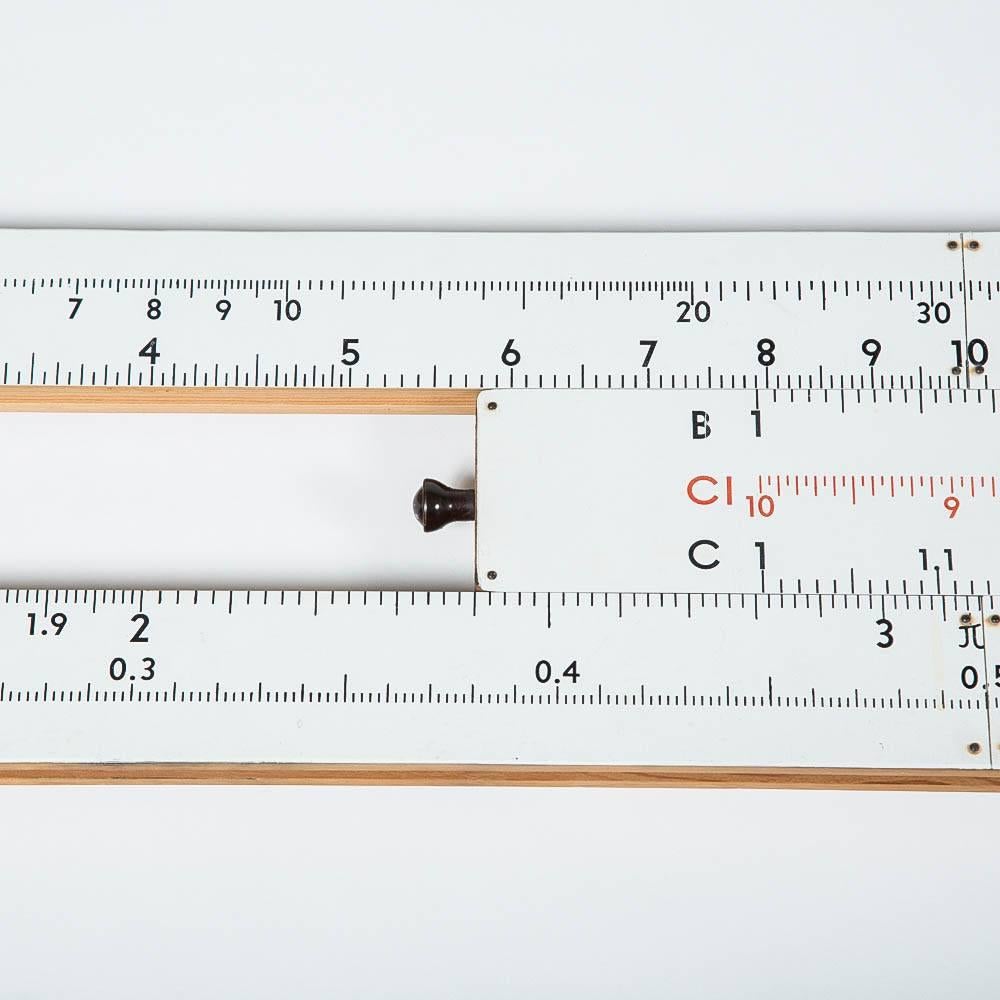


This may require passing through a colloid mill or similar. The pigment grind is added to the oil/wax phase and mixed until a homogeneous product has been achieved.These can be added directly to the oils and waxes without pre-processing. Ready-to-use liquid pigment dispersions are also widely used despite the increased cost.These do not require grinding as such but some degree of shear may be required to break down any agglomerated particles. Increasingly premicronized pigments are used. A “pigment grind” is prepared by dispersing the powdered pigment into part of the oil using a triple roll mill, bead mill or similar conventional mill.Various types of mixers/dispersers are used to combine the two phases. The wax phase is added to the oil phase.Part of the oil may be added to the kettle to aid the process. The waxes are melted separately in a hemispherical jacketed vessel (often called a “kettle”) typically fitted with an anchor stirrer/scraper. The oil is heated in the process vessel to 175 - 185✯ (80 - 85✬).A typical manufacturing process would be as follows: Lipsticks are generally manufactured in small batches. Lip salves (or balms) are formulated from a similar base, but instead of pigments they contain additional moisturizers, sunscreen agents or “active” ingredients such as camphor. Typical ratio of oil:wax:pigment would be as follows: Some products also incorporate additional properties such as UV protection or pearlescent finish. Other ingredients include emolients, pigment dispersants, preservatives and fragrances. Silicone compounds are also sometimes used in the base formula. Waxes can be used in either powder, flake, prill pellet or solid form. Oils used include castor oil, mineral oil or petrolatum waxes include beeswax, carnauba, candelilla and ozokerite (ceresin). The range of pigments and other raw materials permitted for use is strictly limited by regulatory authorities including the EU and FDA. Lipsticks consist of pigment dispersed into a mixture of oils and waxes.


 0 kommentar(er)
0 kommentar(er)
